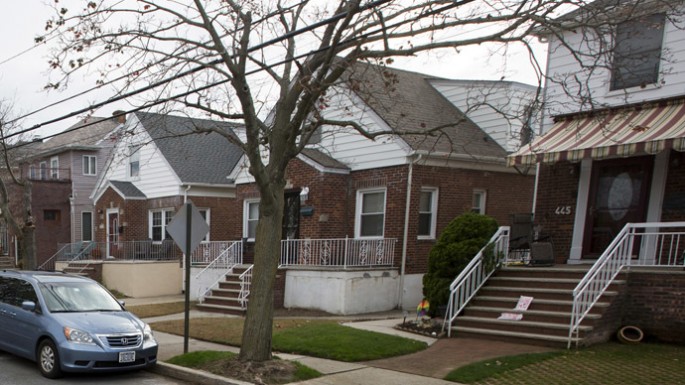The bottom 99 percent of United States household incomes rose 3.3 percent last year to an average of about $47,200, which is the largest yearly increase in the past 15 years. Meanwhile, the wealthiest 1 percent's average income also rose 10.8 percent to $1.3 million, widening the income gap. The University of California-Berkley summarized the number crunching by economist Emmanuel Saez as showing the first true economic recovery from American families' income losses after the Great Recession.
The income increase is likely a result of the robust job growth last year as U.S. employers added .3.1 million jobs to their company payrolls. That was the highest increase since 1999.
Solid hiring numbers and falling unemployment rates that dropped to 5.6 percent last year have helped to increase overall personal incomes. That is due to companies offering higher salaries.
However, the income gap also widened in 2014. The wealthiest 1 percent of Americans got an average pay increase to $1.3 million, up 10.8 percent.
In addition, the richest 1 percent also received 21.2 percent of total income in 2014. That was a 1.1 uptick from the year before.
Meanwhile, the top 10 percent of U.S. individuals received about half of all U.S. personal income last year. It was a 1.1 slight increase from 2013.
The bottom 90 percent of U.S. household incomes also saw a small income increase of 2.8 percent. It rose around $900, to $33,068, according to The Spokesman-Review.
Thanks to the ongoing U.S. economic recovery, consumer spending is booming. Home purchases are at an eight-year high, and auto sales are the highest in almost a decade, according to Toledo News Now.
Still, most Americans are slowly climbing back to their pre-Great Recession incomes of 2008-2009. During those two years incomes of the bottom 99 percent took an 11.6 percent nosedive to about $45.300. U.S. families have recovered 40 percent of those financial losses.





















